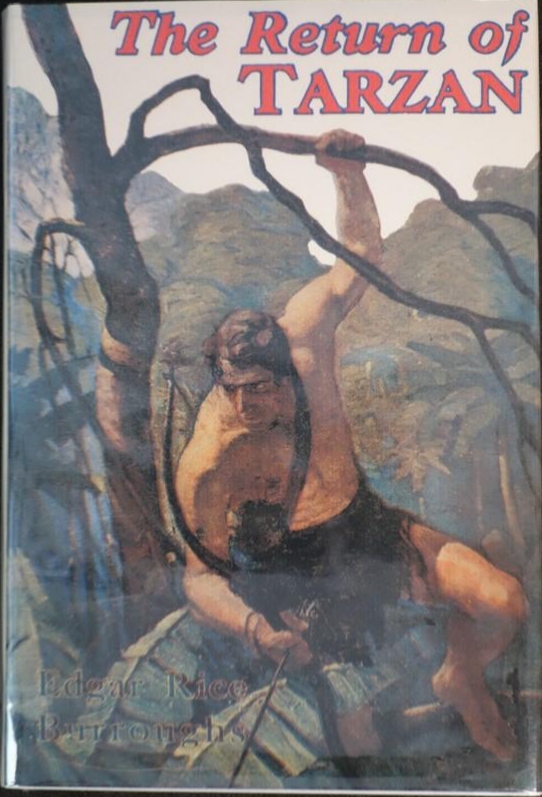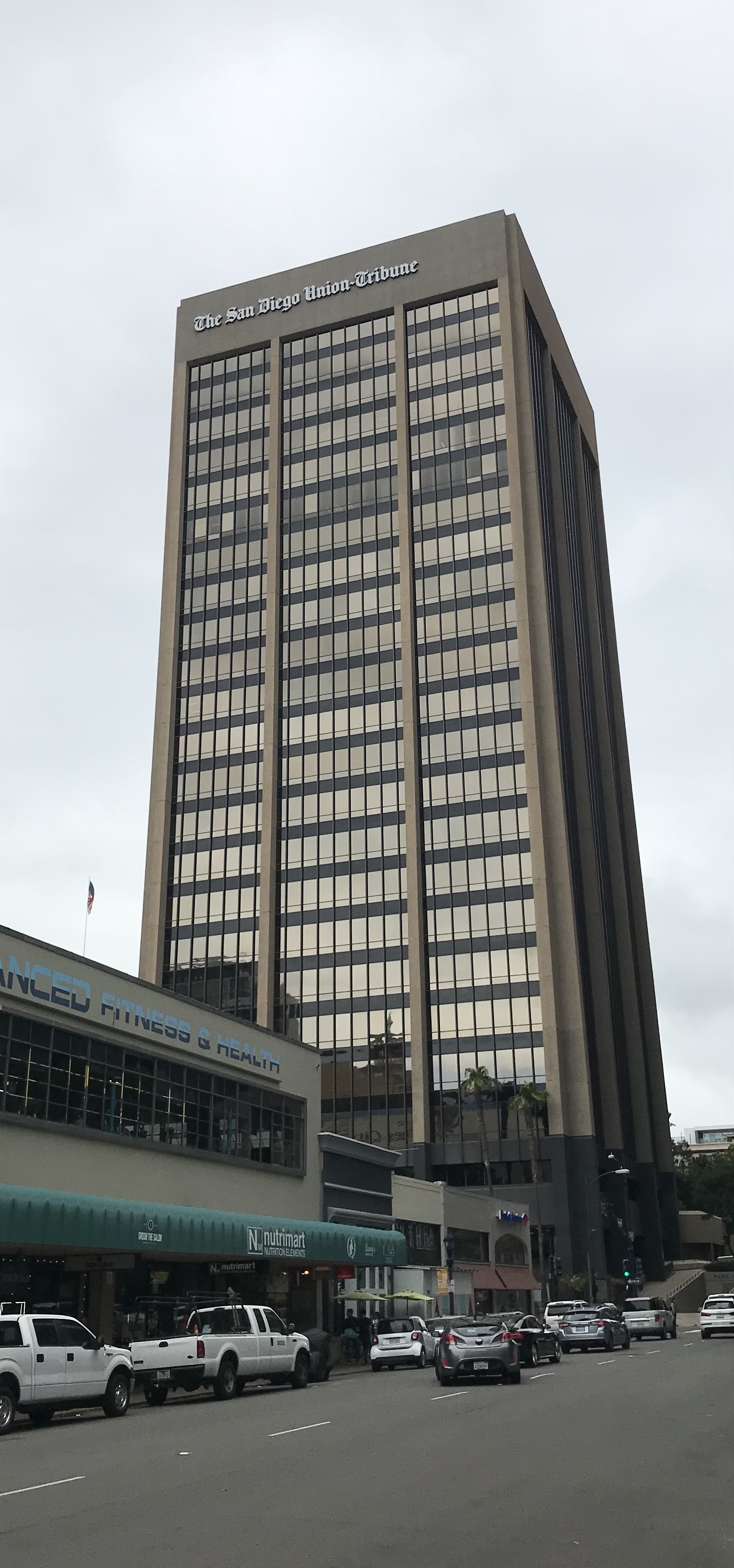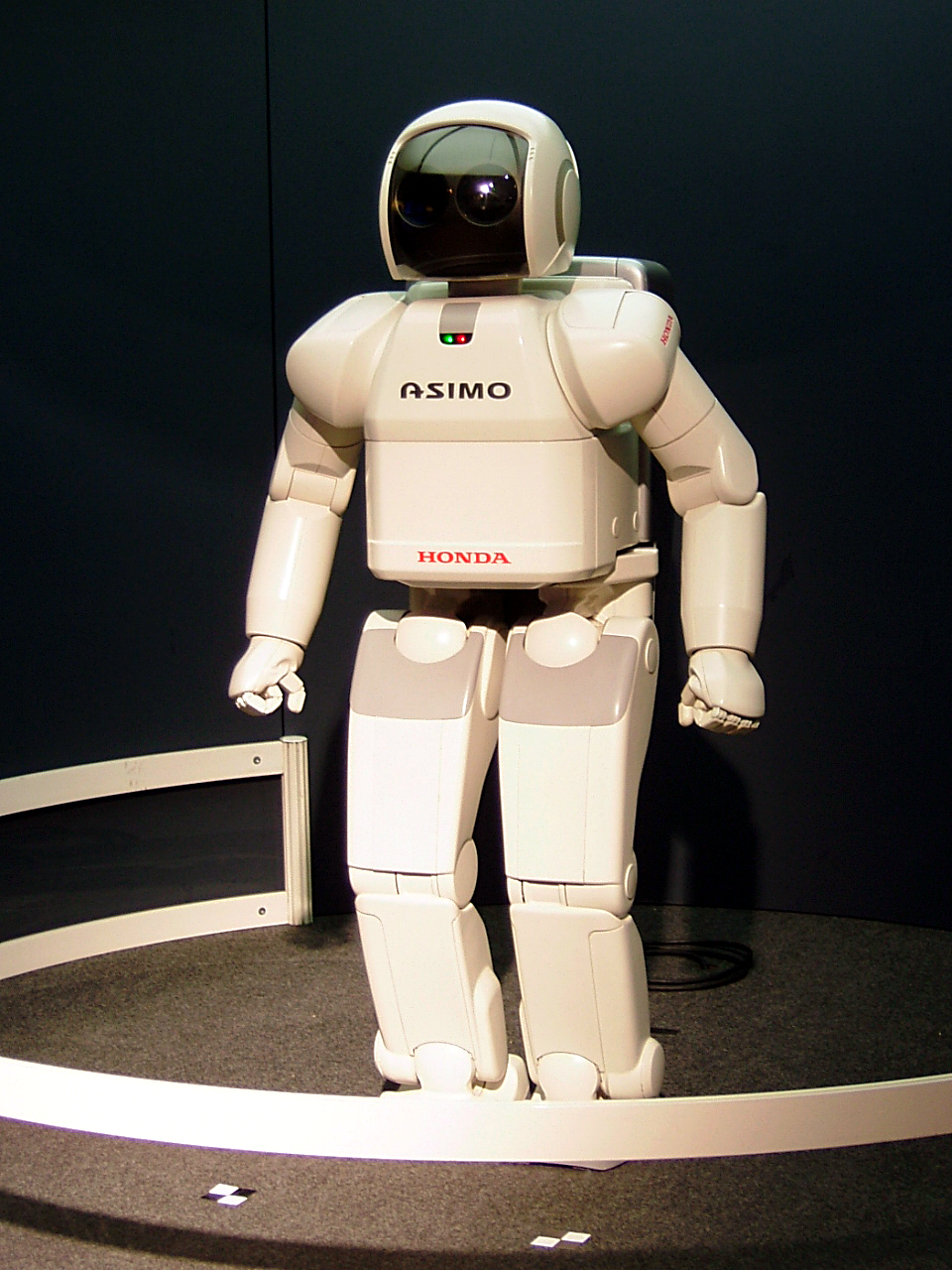|
Saturn's Children (novel)
''Saturn's Children'' is a 2008 science fiction novel by British author Charles Stross. Stross called it "a space opera and late-period obert A.Heinlein tribute", specifically to Heinlein's 1982 novel ''Friday''. The novel was nominated for the 2009 Hugo Award for Best Novel, the 2009 Locus Award for Best Science Fiction Novel, and was a finalist for the 2009 Prometheus Award. An audiobook version narrated by Bianca Amato was released in 2009. Plot The novel chronicles the travels and perils of Freya Nakamichi-47, a gynoid in a distant future in which humanity is extinct and a near-feudal android society has spread throughout the Solar System. Wealthy and self-indulgent "aristos" own and have enslaved most of the populace; the remaining "free" androids struggle to keep themselves independent and can rarely afford the exorbitant costs of interplanetary travel. Freya, a robotic courtesan originally designed to please humans but activated a century after their mysterious extinc ... [...More Info...] [...Related Items...] OR: [Wikipedia] [Google] [Baidu] |
Charles Stross
Charles David George "Charlie" Stross (born 18 October 1964) is a British writer of science fiction and fantasy. Stross specialises in hard science fiction and space opera. Between 1994 and 2004, he was also an active writer for the magazine '' Computer Shopper'' and was responsible for its monthly Linux column. He stopped writing for the magazine to devote more time to novels. However, he continues to publish freelance articles on the Internet. Early life and education Stross was born in Leeds, England. He showed an early interest in writing and wrote his first science fiction story at age 12. He graduated with a bachelor's degree in Pharmacy in 1986 and qualified as a pharmacist in 1987. In 1989, he enrolled at University of Bradford for a post-graduate degree in computer science. In 1990, he went to work as a technical author and programmer. In 2000, he began working as a writer full-time, as a technical writer at first, but then became successful as a fiction writer. [...More Info...] [...Related Items...] OR: [Wikipedia] [Google] [Baidu] |
Gynoid
A gynoid, or fembot, is a feminine humanoid robot. Gynoids appear widely in science fiction films and arts. As more realistic humanoid robot design becomes technologically possible, they are also emerging in real-life robot design. Just like any other robot, the main parts of a gynoid include sensors, actuators and a control system. Sensors are responsible for detecting the changes in the environment while the actuators, also called effectors, are motors and other components responsible for the movement and control of the robot. The control system instructs the robot on what to do so as to achieve the desired results. Name A gynoid is anything that resembles or pertains to the female human form. Though the term '' android'' has been used to refer to robotic humanoids regardless of apparent gender, the Greek prefix "andr-" refers to ''man'' in the masculine sense. The term ''gynoid'' was first used by Isaac Asimov in a 1979 editorial, as a theoretical female equivalent of the ... [...More Info...] [...Related Items...] OR: [Wikipedia] [Google] [Baidu] |
Sequel
A sequel is a work of literature, film, theatre, television, music, or video game that continues the story of, or expands upon, some earlier work. In the common context of a narrative work of fiction, a sequel portrays events set in the same fictional universe as an earlier work, usually chronologically following the events of that work. In many cases, the sequel continues elements of the original story, often with the same characters and settings. A sequel can lead to a series, in which key elements appear repeatedly. The difference between more than one sequel and a series is somewhat arbitrary. Sequels are attractive to creators and publishers because there is less risk involved in returning to a story with known popularity rather than developing new and untested characters and settings. Audiences are sometimes eager for more stories about popular characters or settings, making the production of sequels financially appealing. In film, sequels are very common. There are ... [...More Info...] [...Related Items...] OR: [Wikipedia] [Google] [Baidu] |
Bit Rot
Bit rot may refer to: * Software rot, the deterioration of unmaintained software * Data degradation, the decay of electromagnetic charge in a computer's storage ** Disc rot Disc rot is the tendency of CD, DVD, or other optical discs to become unreadable because of chemical deterioration. The causes include oxidation of the reflective layer, reactions with contaminants, ultra-violet light damage, and de-bonding of t ..., the deterioration of optical media such as DVDs and CDs * " Bit Rot", a short story by Charles Stross {{disambig ... [...More Info...] [...Related Items...] OR: [Wikipedia] [Google] [Baidu] |
Baltimore City Paper
''Baltimore City Paper'' was a free alternative weekly newspaper published in Baltimore, Maryland, United States, founded in 1977 by Russ Smith and Alan Hirsch. The most recent owner was the Baltimore Sun Media Group, which purchased the paper in 2014 from Times-Shamrock Communications, which had owned the newspaper since 1987. It was distributed on Wednesdays in distinctive yellow boxes found throughout the Baltimore area. The paper folded in 2017, due to the collapse of advertising revenue income to print media. The Media Group's closure announcement happened at the same meeting immediately after recognizing ''City Paper'' staff joining the Washington-Baltimore News Guild. History Russ Smith and Alan Hirsch started the Baltimore City Paper in May 1977 while students at Johns Hopkins University. It was originally named the ''City Squeeze'', and Smith and Hirsch published it using the offices of the Johns Hopkins student newspaper. In 1978, they took the paper out of the u ... [...More Info...] [...Related Items...] OR: [Wikipedia] [Google] [Baidu] |
Publishers Weekly
''Publishers Weekly'' (''PW'') is an American weekly trade news magazine targeted at publishers, librarians, booksellers, and literary agents. Published continuously since 1872, it has carried the tagline, "The International News Magazine of Book Publishing and Bookselling." With 51 issues a year, the emphasis today is on book reviews. History Nineteenth century The magazine was founded by bibliographer Frederick Leypoldt in the late 1860s and had various titles until Leypoldt settled on the name ''The Publishers' Weekly'' (with an apostrophe) in 1872. The publication was a compilation of information about newly published books, collected from publishers and from other sources by Leypoldt, for an audience of booksellers. By 1876, ''The Publishers' Weekly'' was being read by nine tenths of the booksellers in the country. In 1878, Leypoldt sold ''The Publishers' Weekly'' to his friend Richard Rogers Bowker, in order to free up time for his other bibliographic endeavors. Augu ... [...More Info...] [...Related Items...] OR: [Wikipedia] [Google] [Baidu] |
San Diego Union-Tribune
''The San Diego Union-Tribune'' is a metropolitan daily newspaper published in San Diego, California, that has run since 1868. Its name derives from a 1992 merger between the two major daily newspapers at the time, ''The San Diego Union'' and the ''San Diego Evening Tribune''. The name changed to ''U-T San Diego'' in 2012 but was changed again to ''The San Diego Union-Tribune'' in 2015. In 2015, the newspaper was acquired by Tribune Publishing. In February 2018, it was announced to be sold, along with the ''Los Angeles Times'', to Patrick Soon-Shiong's investment firm Nant Capital LLC for $500 million plus $90 million in pension liabilities. The sale was completed on June 18, 2018. In July 2023, Soon-Shiong sold the paper to Digital First Media, a company owned by Alden Global Capital. History Predecessors The predecessor newspapers of the ''Union-Tribune'' were: * ''San Diego Herald'', founded 1851 and closed April 7, 1860; John Judson Ames was its first editor and propr ... [...More Info...] [...Related Items...] OR: [Wikipedia] [Google] [Baidu] |
Penguin Books
Penguin Books Limited is a Germany, German-owned English publishing, publishing house. It was co-founded in 1935 by Allen Lane with his brothers Richard and John, as a line of the publishers the Bodley Head, only becoming a separate company the following year."About Penguin – company history" , Penguin Books. Penguin revolutionised publishing in the 1930s through its inexpensive paperbacks, sold through Woolworths (United Kingdom), Woolworths and other stores for Sixpence (British coin), sixpence, bringing high-quality fiction and non-fiction to the mass market. Its success showed that large audiences existed for several books. It also affected modern British popular culture significantly through its books concerning politics, the arts, and science. Penguin Books is now an imprint (trad ... [...More Info...] [...Related Items...] OR: [Wikipedia] [Google] [Baidu] |
The Times
''The Times'' is a British Newspaper#Daily, daily Newspaper#National, national newspaper based in London. It began in 1785 under the title ''The Daily Universal Register'', adopting its modern name on 1 January 1788. ''The Times'' and its sister paper ''The Sunday Times'' (founded in 1821), are published by Times Media, since 1981 a subsidiary of News UK, in turn wholly owned by News Corp. ''The Times'' and ''The Sunday Times'' were founded independently and have had common ownership only since 1966. It is considered a newspaper of record in the UK. ''The Times'' was the first newspaper to bear that name, inspiring numerous other papers around the world. In countries where these other titles are popular, the newspaper is often referred to as or , although the newspaper is of national scope and distribution. ''The Times'' had an average daily circulation of 365,880 in March 2020; in the same period, ''The Sunday Times'' had an average weekly circulation of 647,622. The two ... [...More Info...] [...Related Items...] OR: [Wikipedia] [Google] [Baidu] |
Booklist
''Booklist'' is a publication of the American Library Association that provides critical reviews of books and audiovisual materials for all ages. ''Booklist''s primary audience consists of libraries, educators, and booksellers. The magazine is available to subscribers in print and online. It is published 22 times per year, and reviews over 7,500 titles annually. The ''Booklist'' brand also offers a blog, various newsletters, and monthly webinars. The ''Booklist'' offices are located in the American Library Association headquarters in Chicago’s Gold Coast, Chicago, Gold Coast neighborhood. History ''Booklist'', as an introduction from the American Library Association (ALA) publishing board notes, began publication in January 1905 to "meet an evident need by issuing a current buying list of recent books with brief notes designed to assist librarians in selection." With an annual subscription fee of 50 cents, ''Booklist'' was initially subsidized by a $100,000 grant from the Ca ... [...More Info...] [...Related Items...] OR: [Wikipedia] [Google] [Baidu] |
I Will Fear No Evil
''I Will Fear No Evil'' is a science fiction novel by American writer Robert A. Heinlein, originally serialised in ''Galaxy'' (July, August/September, October/November, December 1970) and published in hardcover in 1970. The title is taken from Psalm 23:4. Plot summary The story takes place in the early 21st century against a background of an overpopulated Earth with a violent, dysfunctional society. Elderly billionaire Johann Sebastian Bach Smith is being kept alive through medical support and decides to have his brain transplanted into a new body. He advertises an offer of a million dollars for the donation of a body from a brain-dead patient. Smith omits to place any restriction on the sex of the donor, so when his beautiful young female secretary, Eunice Branca, is killed, her body is used—without his knowledge and to the distress of some of those around him. He changes his name to Joan Eunice Smith, with the first name given "the two-syllable pronunciation" Jo-Ann to mim ... [...More Info...] [...Related Items...] OR: [Wikipedia] [Google] [Baidu] |
Three Laws Of Robotics
The Three Laws of Robotics (often shortened to The Three Laws or Asimov's Laws) are a set of rules devised by science fiction author Isaac Asimov, which were to be followed by robots in several of his stories. The rules were introduced in his 1942 short story " Runaround" (included in the 1950 collection '' I, Robot''), although similar restrictions had been implied in earlier stories. The Laws The Three Laws, presented to be from the fictional "Handbook of Robotics, 56th Edition, 2058 A.D.", are: # A robot may not injure a human being or, through inaction, allow a human being to come to harm. # A robot must obey the orders by human beings except where such orders would conflict with the First Law. # A robot must protect its own existence as long as such protection does not conflict with the First or Second Law. Use in fiction The Three Laws form an organizing principle and unifying theme for Asimov's robot-based fiction, appearing in his ''Robot'' series, the stories linked t ... [...More Info...] [...Related Items...] OR: [Wikipedia] [Google] [Baidu] |



